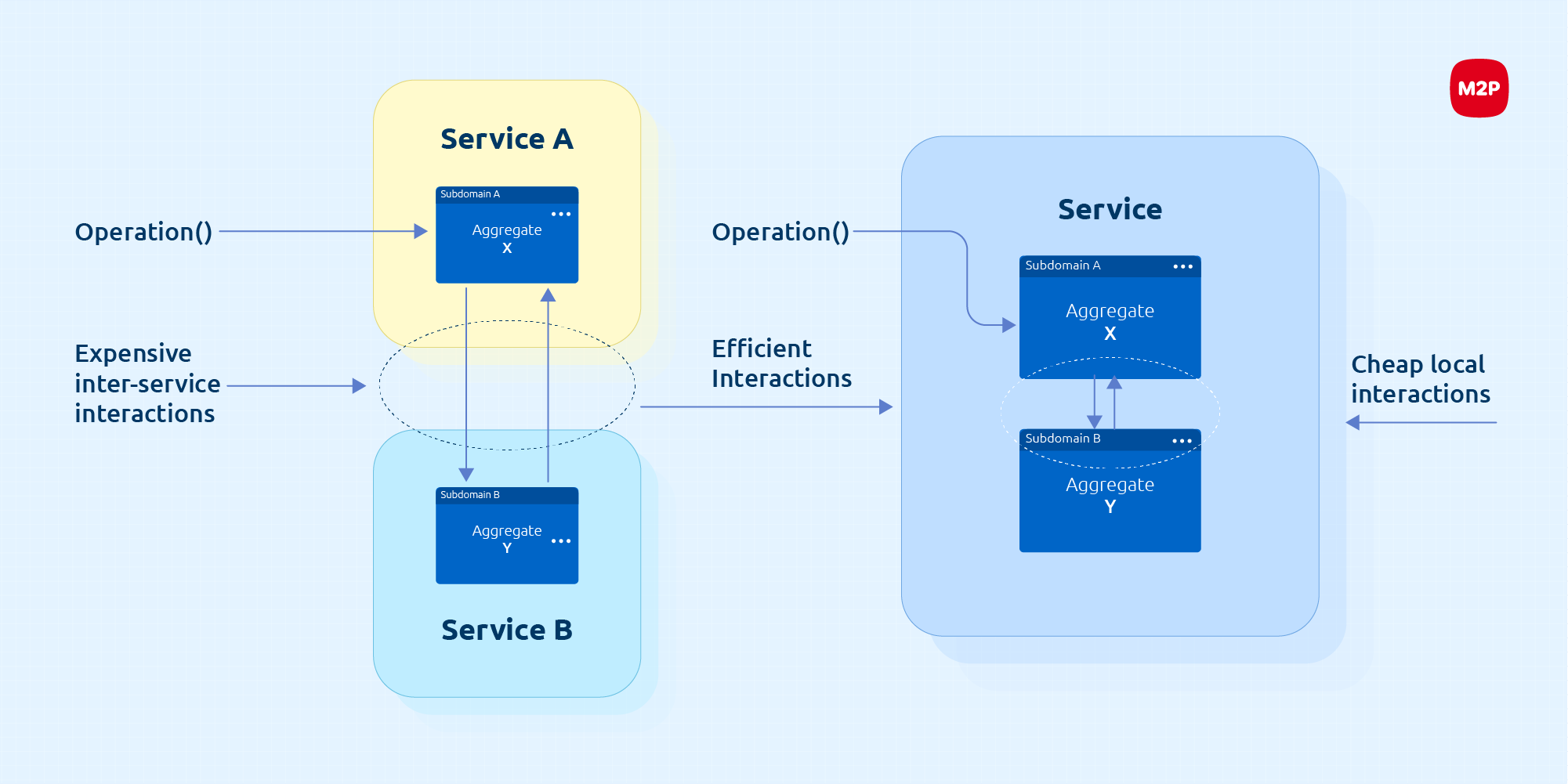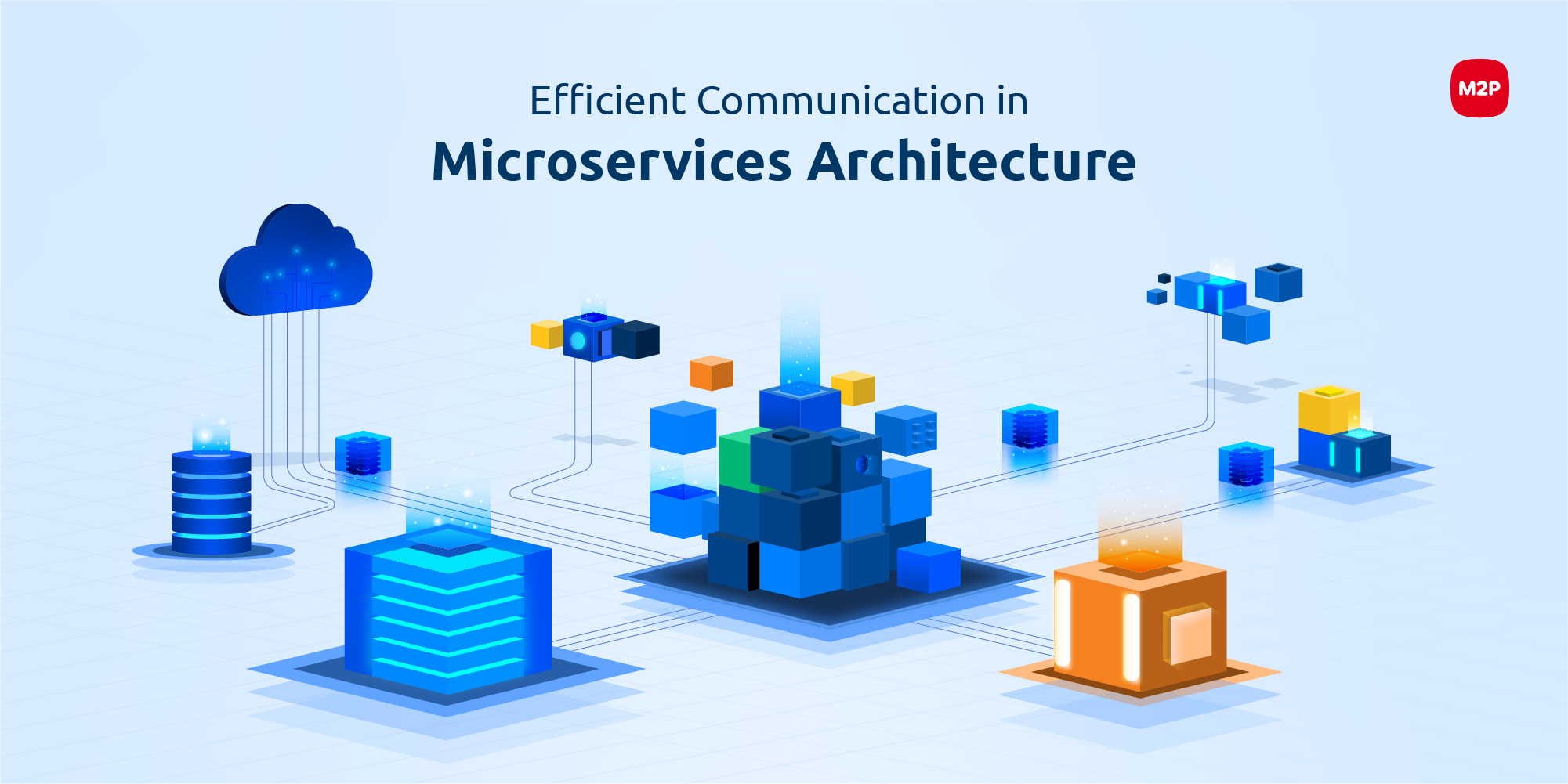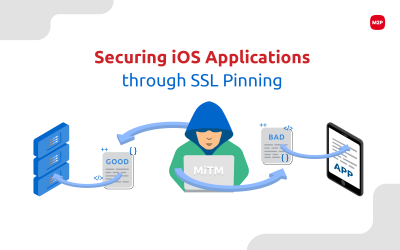Efficient communication between components is crucial for the overall performance and responsiveness of a system in a microservices architecture.
But how can you achieve optimal communication between the components?
Dive into this blog as Maathavan Vinayak, our Engineering Director, guides you through the ways to achieve faster communication between inter-components in a microservices architecture to improve overall agility and efficiency.
Communication becomes the linchpin for seamless operations in a microservices architecture. The figure below depicts the intricacy of communication within a sophisticated microservices architecture.

Asynchronous Communication
Implement asynchronous messaging systems, such as message queues (e.g., Apache Kafka, RabbitMQ) or publish-subscribe systems. This allows components to communicate without waiting for immediate responses and improves system responsiveness.
Caching
Use caching mechanisms (e.g. Redis) to store frequently accessed data close to the components that need it. This reduces the necessity to make expensive calls to other services repeatedly.
Load Balancing
Implement load balancers to evenly distribute traffic among multiple instances of a service. This prevents overloading a single instance and ensures efficient resource utilization.
Connection Pooling
Use connection pooling to manage and reuse database or external service connections. This approach effectively reduces the overhead associated with creating new connections for each request.
Microservices Gateway
Implement a microservices gateway or API gateway that acts as a single entry point for clients. It can consolidate multiple requests into a single request to backend services, thus reducing latency.
Content Delivery Networks (CDNs)
Offload static assets and content to Content Delivery Networks to serve them from edge locations. This reduces latency for clients.
Service Mesh
Use a service mesh (e.g. Istio, Linkerd) to handle communication, routing, and load balancing between services. It provides observability and control over service-to-service communication.
HTTP/2 and gRPC
HTTP/2 is used to improve efficiency in HTTP communication. gRPC offers high-performance, multiplexed, and strongly typed communication between microservices.
Connection Keep-Alive
Configure connection keep-alive settings to reuse existing connections and reduce the overhead of establishing new ones.
Optimize Data Transfer
Minimize the amount of data transferred between services. Use protocols like Protocol Buffers or JSON Web Tokens (JWT) for efficient data serialization.
Distributed Tracing
Implement distributed tracing solutions (e.g., Open Telemetry, Zipkin) to monitor and diagnose latency issues across microservices.
Parallelism
Maximize efficiency by designing services to execute operations in parallel, enabling concurrent task execution and minimizing response time.
Content Compression
Enable content compression (e.g. gzip) to reduce the size of data transmitted over the network.
CDN for API Responses
Use CDNs to cache and serve API responses closer to end-users, reducing round-trip times for requests.
Response Caching
Implement response caching mechanisms at the API level to serve cached responses for read-heavy operations.
Prioritize API Endpoints
Prioritize and optimize critical API endpoints to ensure they receive the necessary resources and attention to maintain low latency.
Reduce Chatty APIs
Minimize the number of API calls required to fulfill a client request. Consolidate or batch multiple requests into a single request where possible.
Optimize Code
Continuously optimize your microservices codebase for efficiency and performance to minimize bottlenecks. The following figure demonstrates the ongoing efforts in optimizing the code consistently for efficient data handling.

Effective communication between microservices is a key consideration for system performance. The choice of specific techniques and technologies should align with your application requirements and use case.
How do you enable efficient communication in a microservices architecture for streamlined collaboration, heightened performance, and lasting success?
Share your experiences from your engineering journey in the comments below.
Subscribe to our newsletter and get the latest fintech news, views, and insights, directly to your inbox.
Follow us on LinkedIn and X for insightful fintech bytes curated for curious minds like you.





0 Comments